PTO Troubleshooting: What to do when the PTO indicator light does not come on
Nearly every Muncie Power Products power take-off (PTO) comes with an indicator light that turns on to notify the operator that the PTO is engaged and should be operating. This light is most often either built into the PTO rocker switch or mounted separately as a standalone indicator light.
Troubleshooting a light that is not coming on when the PTO should be engaged depends on the style of PTO being used, but it can be done easily with a couple of common tools.
Most checks outlined here can be done with a multimeter, but a pair of 400 PSI pressure gauges can also be beneficial.
If the indicator light is separate from the rocker switch, start by testing the light to verify bulb is not burnt out. This should be done before further testing, as it can save a considerable amount of time testing individual components just to find out the bulb was bad.
- With the engine off and the ignition off, unplug the wire(s) from the indicator/pressure switch at the PTO.
- Fashion a short jumper wire and temporarily connect the two wires going to the dash switch. For indicator/pressure switches with one wire, temporarily connect the wire to a good chassis ground.
- Without starting the engine, turn the ignition to the ON/RUN position.
- If the indicator light comes on, the light and its connections are good. The problem then would be with either the indicator/pressure switch or the PTO.
- If the light does not come on, then there is a power source, a ground, a connection, or a rocker switch problem.
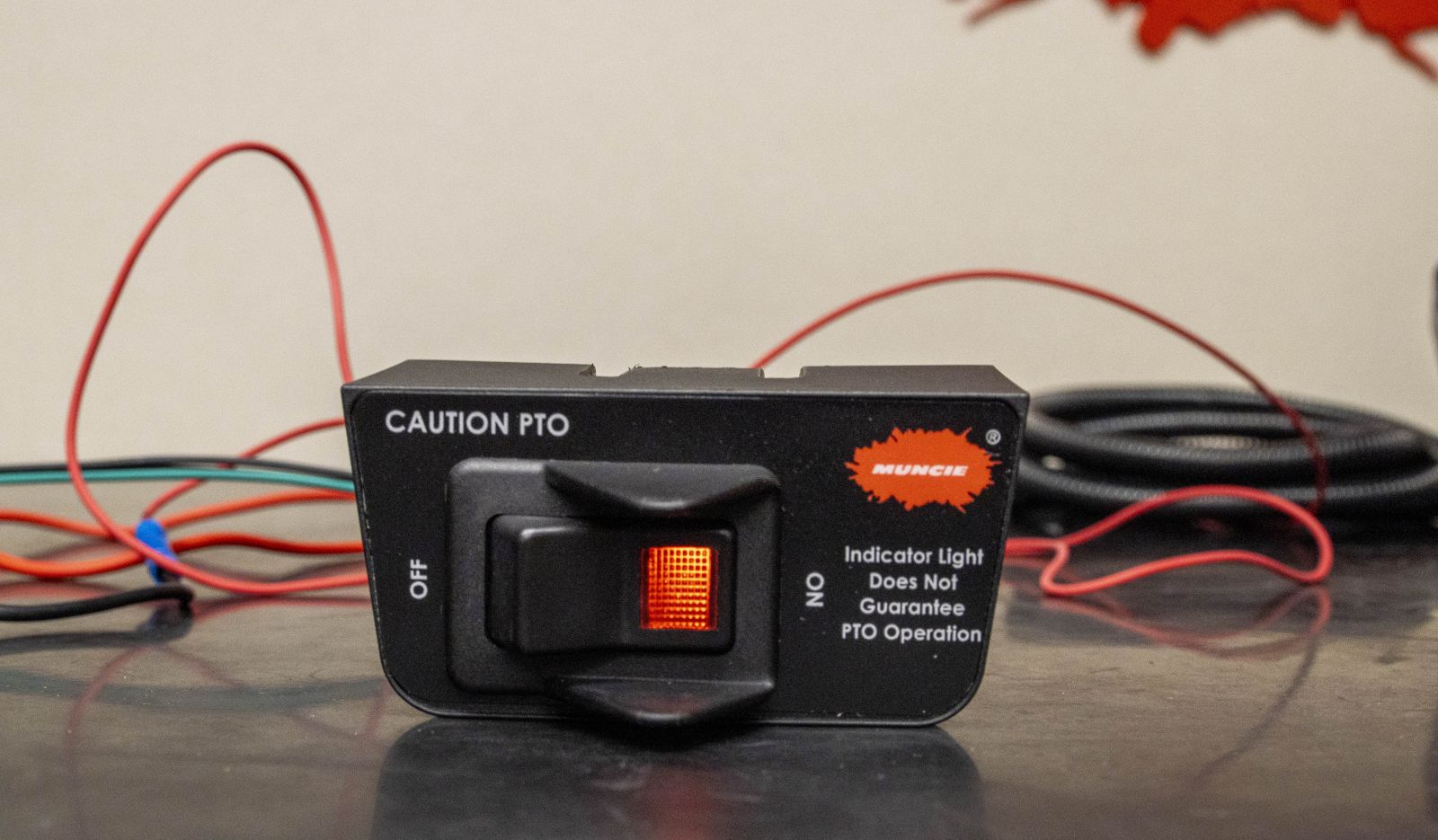
Figure 1. Standard rocker switch with built-in indicator light.
Clutch Shift PTOs
The indicator light is typically operated via a pressure switch that is installed in the clutch side of the PTO solenoid.
The light receives voltage from a key source, and the ground end is connected to the pressure switch. Whenever there is pressure in the clutch pack, the pressure switch closes and provides a ground, causing the light to come on.
It is important to note that this happens independently of the switch position—in other words, the light will still come on if there is pressure in the clutch pack, even if the rocker switch is turned off.
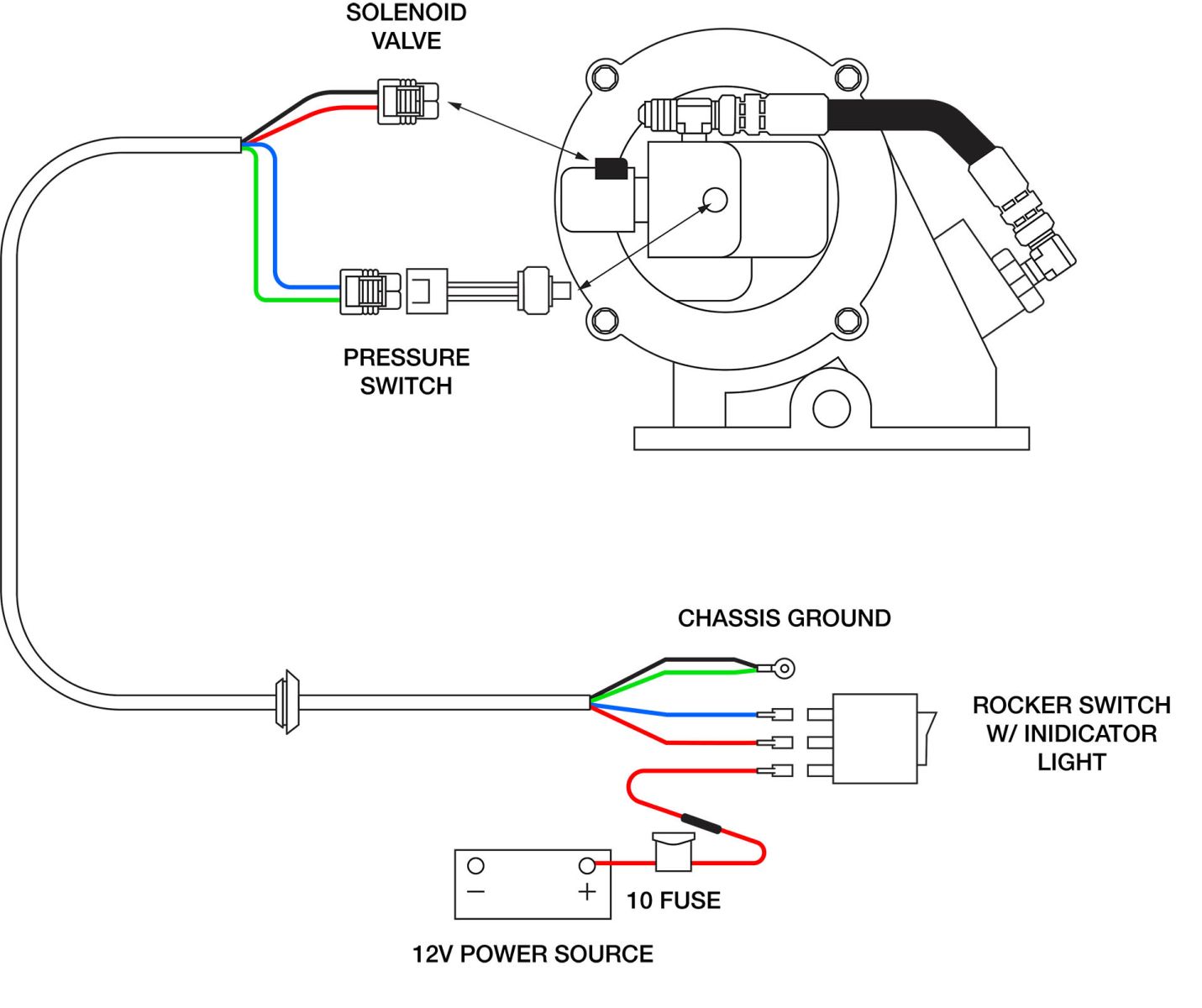
Figure 2. Wiring diagram for clutch shift PTO.
If the light is not coming on when the PTO should be engaged, one of the following things is happening:
If the light is not coming on, but the PTO is still operating
- The pressure switch may not be providing a ground
- Check the ground connection on the pressure switch
- Check for continuity through the switch when the PTO is engaged
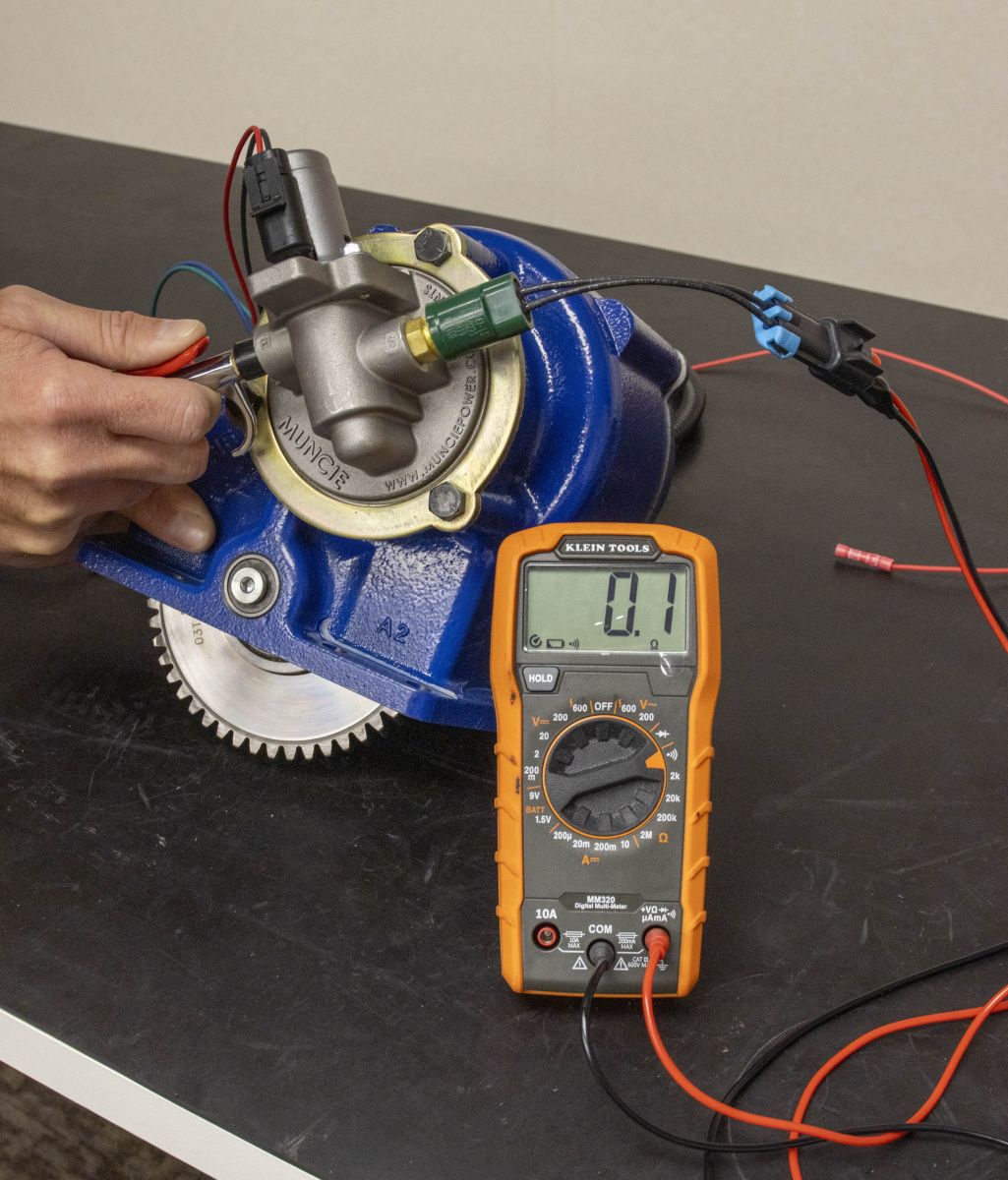
Figure 3. Testing pressure switch for continuity when PTO is engaged.
- If the switch is not closing when the PTO is engaged, the switch is defective and needs to be replaced
- The light may not be receiving voltage
- Check for voltage at the light (standalone light), or check continuity between the rocker switch and pressure switch
- If the light has voltage, ground the other side manually to confirm that the light functions (standalone light)
- If the light does not come on, the light needs to be replaced
- If the light does not have voltage, check the fuse between the voltage source and the light, and connection to the voltage source
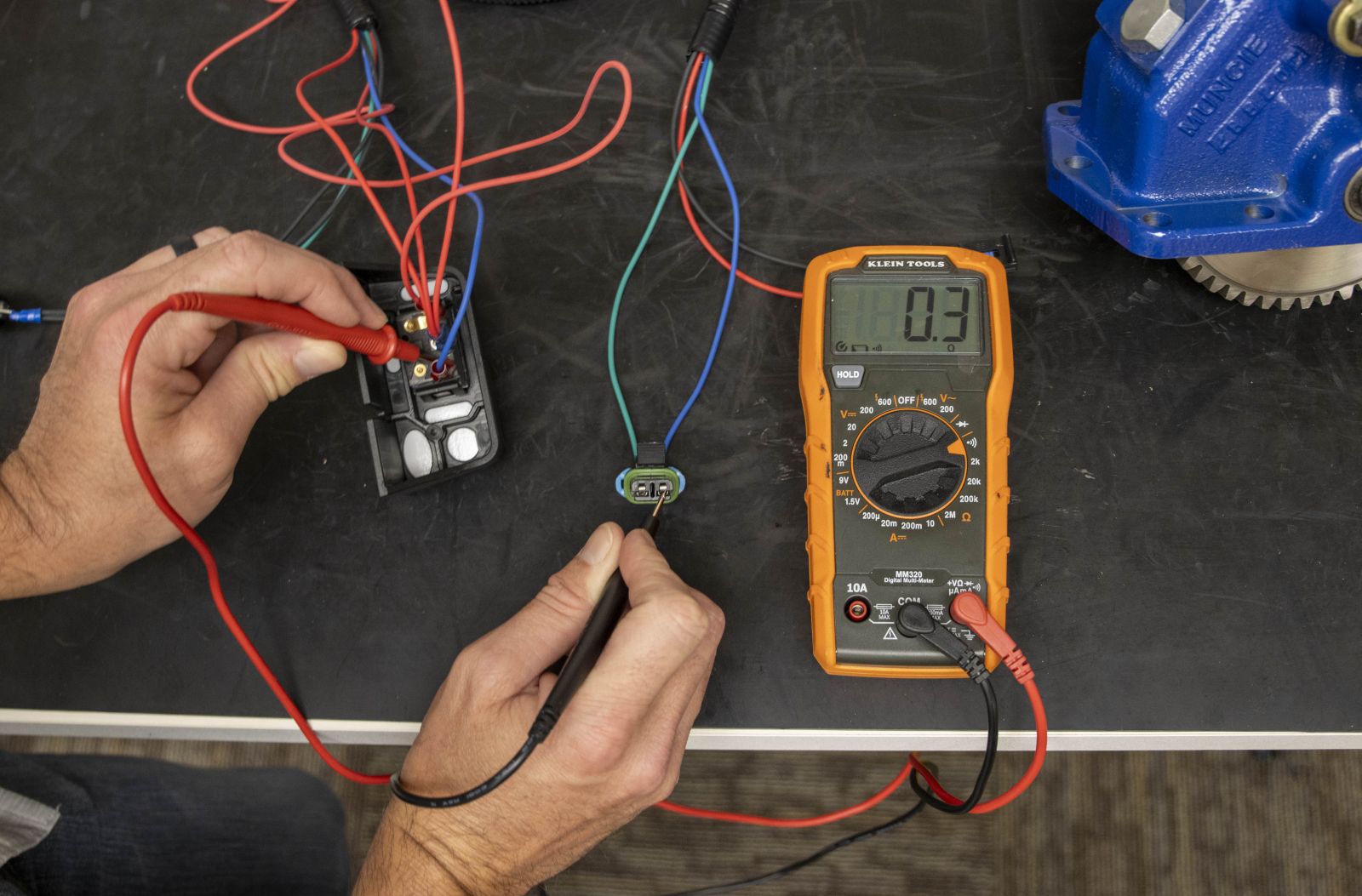
Figure 4. Testing continuity between the rocker switch and pressure switch connector.
- There is a bad or broken connection between the pressure switch and the light
- Check for continuity between the pressure switch and the light
If the light is not coming on, and the PTO is NOT operating
- The solenoid valve may not be receiving the correct voltage or a good ground
- With the rocker switch on, the orange wire should have 12 V (or 24 V, if on a 24 V system)
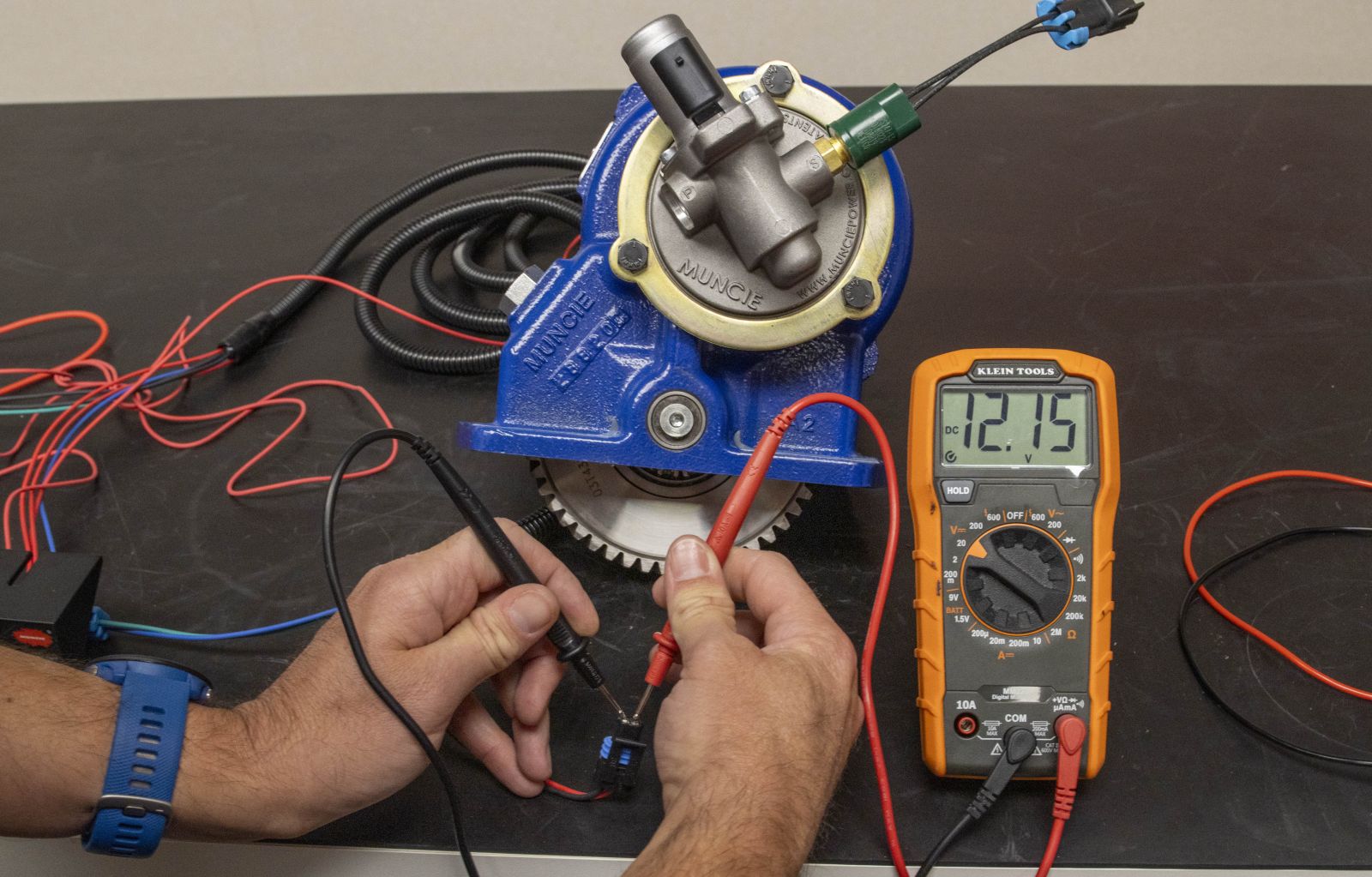
Figure 5. Testing for correct voltage at the PTO solenoid connector with the rocker switch turned on.
- Check for good ground on black wire
- If the correct voltage is present, make sure terminals are clear of debris and corrosion
- If the solenoid is not receiving the correct voltage
- Check the wiring for continuity between the solenoid and rocker switch
- Check for voltage at the switch
- If no voltage, check the connection to the power source and fuse
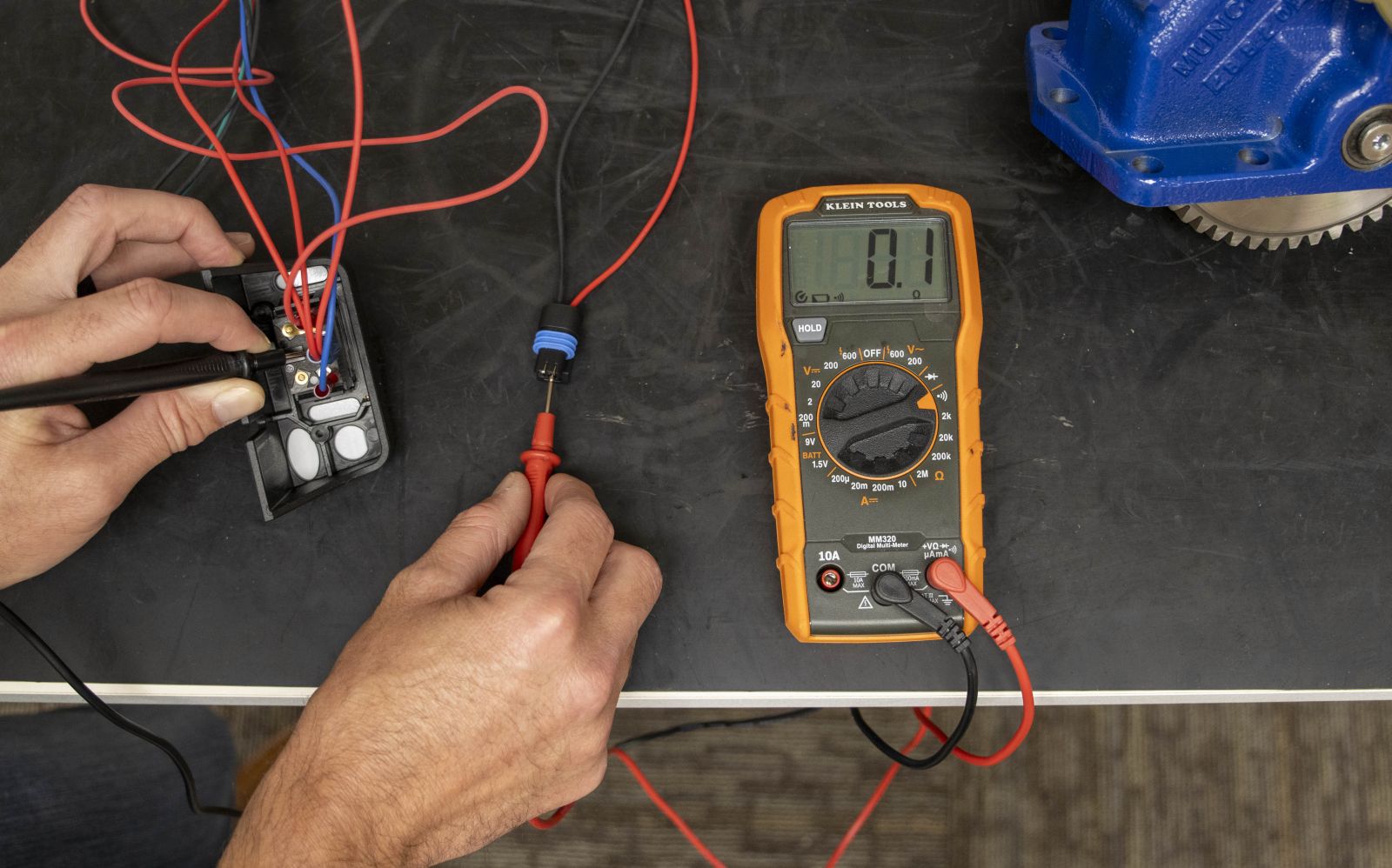
Figure 6. Testing continuity between the rocker switch and PTO solenoid connector.
- If no voltage, check the connection to the power source and fuse
- Check for voltage at the switch
- Check the wiring for continuity between the solenoid and rocker switch
- With the rocker switch on, the orange wire should have 12 V (or 24 V, if on a 24 V system)
- The pressure switch does not see pressure
- Tee a pressure gauge into the activation port, then install a second pressure gauge in the indicator switch port
- Check that pressure on the activation side is at least 150 PSI for hydraulically-shifted PTOs or 70 PSI for air-shifted PTOs
- Turn the PTO rocker switch to ON and check the pressures on both gauges
- Hydraulically shifted units: Pressure at the switch port should be the same or slightly below the pressure on the activation side
- Air shifted units: Pressure at the switch port should be the same as the pressure on the activation side
- If pressure at the pressure switch port does not go up when the PTO rocker switch is flipped to ON, then the PTO solenoid valve is not actuating correctly
- If pressures at both gauges drop when the PTO is engaged, then there is likely a failed O-Ring inside the PTO, and the PTO will need to be disassembled and repaired
- The solenoid coil has failed
- Check the coil for continuity
- An open circuit means the coil has burned up
- Check coil resistance
- A good coil should be between 7 and 9 ohms, depending on coil temperature
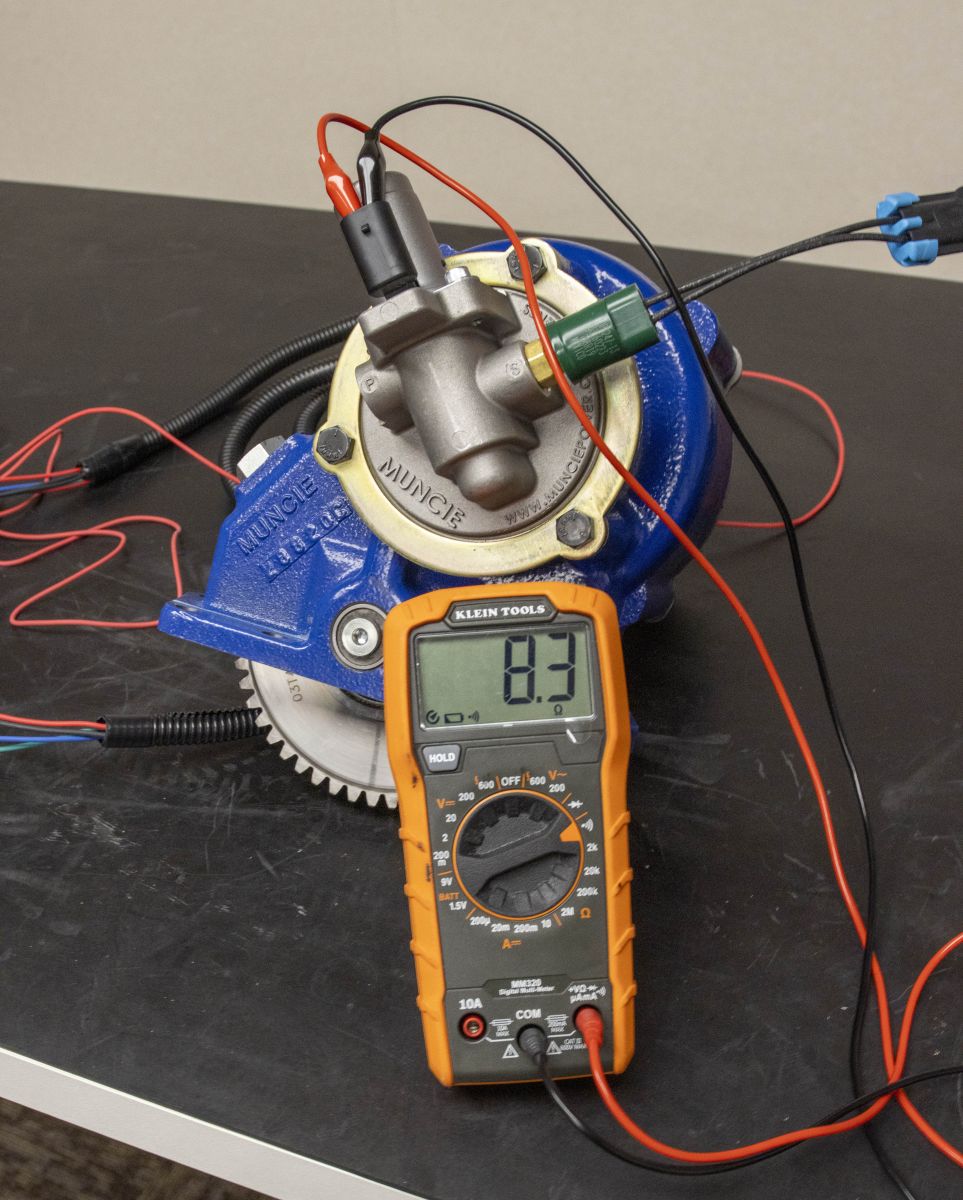
Figure 7. Checking solenoid valve coil resistance.
- A good coil should be between 7 and 9 ohms, depending on coil temperature
- Check the coil for continuity
- The solenoid valve spool is sticking due to contamination
- Remove the valve from PTO and blow out using compressed air
- Tee a pressure gauge into the activation port, then install a second pressure gauge in the indicator switch port
If the light is coming on, but the PTO is NOT operating
- The clutch pack is likely worn out, and the PTO will need to be rebuilt
Mechanical Shift PTOs
On mechanical shift PTOs, the indicator light is typically operated via a single terminal mechanical switch on the PTO. (The SH Series is the exception to that rule, as it uses a pressure switch like a clutch shift PTO.)
When the PTO is engaged, the indicator switch plunger is depressed, actuating the switch. As in the pressure switch, the mechanical indicator switch provides a ground to the light, so the troubleshooting steps are fairly similar.
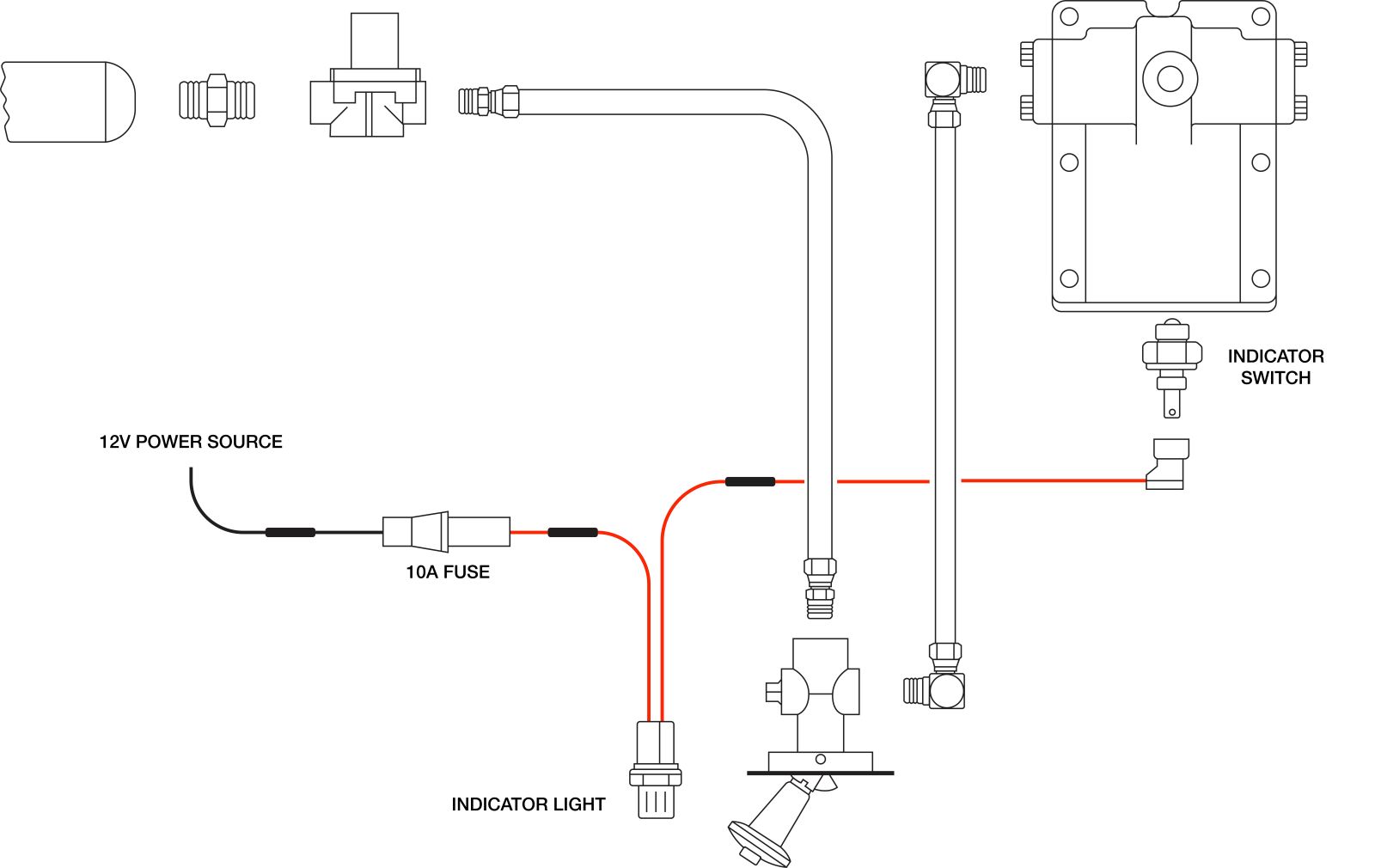
Figure 8. Wiring diagram for mechanical shift PTO.
If the light is not coming on when the PTO should be engaged, one of the following things is happening:
If the light is not coming on, but the PTO is still operating
- The indicator switch may not be providing a ground
- Check that the switch is providing a ground when PTO is engaged
- The light may not be receiving voltage (standalone light only)
- Check for voltage at the light
- If the light has voltage, ground the other side manually to confirm that the light functions
- If the light does not come on, the light needs to be replaced
- If the light does not have voltage, check the fuse between the voltage source and the light, and connection to the voltage source
- There is a bad or broken connection between the indicator switch and the light
- Check for continuity between the indicator switch and the light
If the light is not coming on, and the PTO is NOT operating
- The PTO may not be seeing adequate activation pressure
- Use pressure gauge teed into activation line and confirm that PTO is seeing at least 70 PSI for air shift units
If the light is coming on but the PTO is NOT operating
- The clutch collar in the PTO or the shift cover is likely damaged and needs to be repaired
These steps do not cover every possible scenario, but can help cover the root causes of many issues associated with the indicator light not coming on.
As always, contact Muncie Power to help troubleshoot.
Please be sure to read the PTO operator's manual and installation instructions before attempting any of the tests listed.
Find the PTO Operator Manual and your PTO's Installation Instructions here
Save a copy of this article for yourself by downloading the PDF.


